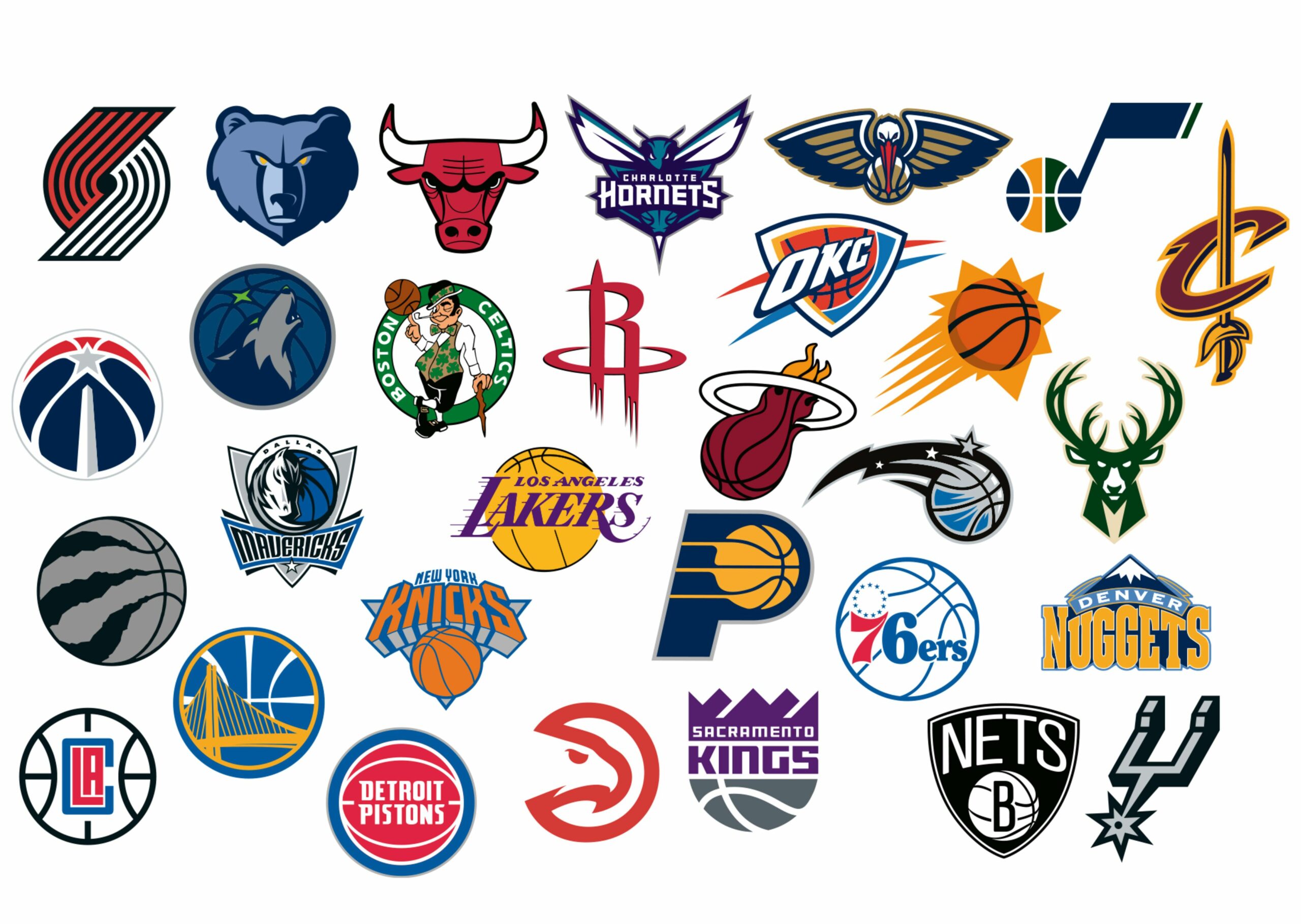Introduction
In the world of sports, logos play a crucial role in representing teams, conveying their identity, and evoking a sense of pride among fans. Among these logos, basketball logos hold a special place, as they encapsulate the spirit of the game and its teams. Over the years, basketball logos have evolved from simple designs to elaborate masterpieces, reflecting changes in design trends, team aesthetics, and the evolution of the sport itself. In this 2000-word article, we will explore the fascinating journey of basketball logos, from their humble beginnings to their current state as captivating works of art.
I. Early Days of Basketball Logos
Basketball, as we know it today, was officially invented in 1891 by Dr. James Naismith, but it wasn’t until the early 20th century that basketball teams began adopting logos. In the early days, logos were relatively basic and often consisted of just the team’s name or initials in a simple font. Due to limited printing and design technologies, intricate details were difficult to achieve.
One of the earliest basketball logos was that of the Boston Celtics, founded in 1946. The Celtics logo featured a simple, stylized depiction of a leprechaun, reflecting the Irish heritage of the team’s name. Similarly, the Minneapolis Lakers, now known as the Los Angeles Lakers, used a basic “M” inside a basketball as their logo.
II. The Rise of Mascots
As basketball grew in popularity, teams sought ways to create stronger brand identities. This led to the rise of mascots in logos during the mid-20th century. Mascots allowed teams to develop a character that fans could connect with emotionally, fostering a sense of camaraderie and loyalty.
The Chicago Bulls logo, introduced in the late 1960s, is an iconic example. It featured a fierce bull, symbolizing strength and determination, characteristics associated with the team’s competitive spirit. Similarly, the Detroit Pistons adopted a fiery, wheel-like logo to represent the city’s automotive industry and the team’s fast-paced playstyle.
III. The Era of Minimalism
In the 1980s and ’90s, graphic design trends shifted towards minimalism, and basketball logos followed suit. Teams opted for cleaner, more streamlined designs, often reducing their logos to a single symbol or monogram. This approach aimed to achieve a more modern and timeless look.
The famous Jumpman logo of the NBA legend Michael Jordan’s brand is a prime example of minimalism. It featured a silhouette of Jordan mid-air, capturing his awe-inspiring dunking abilities. This iconic logo transcended basketball and became a symbol of athletic excellence worldwide.
IV. The Digital Age and Technological Advancements
With the advent of digital design and advancements in printing technologies, basketball logos underwent a transformative phase. Designers now had access to a broader range of colors, gradients, and intricate detailing, enabling them to create more visually appealing and complex logos.
The Miami Heat’s logo transformation in the late 1990s exemplifies this change. The original logo featured a flaming basketball with simple typography. However, the updated version introduced a more detailed and intimidating flame, conveying a sense of power and intensity.
V. Embracing Culture and Community
As the world became more interconnected, teams started embracing their local culture and community in their logos. Logos began to incorporate elements representing the team’s city or region, fostering a stronger sense of pride and identity.
The Toronto Raptors’ logo is an excellent representation of this trend. In 1995, the team adopted a logo featuring a fierce velociraptor, paying homage to the team’s name and drawing inspiration from the popularity of the “Jurassic Park” franchise.
VI. Modern Artistry and Storytelling
In recent years, basketball logos have evolved into works of art, telling compelling stories about the team’s history, values, and aspirations. Designers now focus on creating logos that resonate with fans on a deeper level, going beyond the game itself.
The Golden State Warriors logo redesign in 2010 is a remarkable example of modern artistry. The new logo featured a more detailed and aggressive depiction of the team’s bridge emblem, symbolizing their connection to the San Francisco Bay Area and their fighting spirit on the court.
Conclusion
From humble beginnings to modern masterpieces, basketball logos have evolved significantly over the years. They have transcended their role as mere symbols and have become a crucial part of team identity and fan culture. As design trends continue to change and technology advances, we can expect basketball logos to keep evolving, telling captivating stories and leaving lasting impressions on fans for generations to come.



